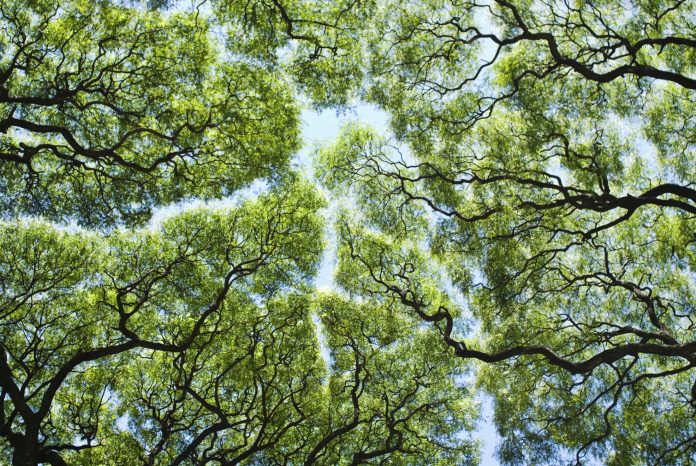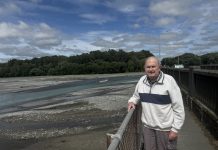
Ashburton has ranked poorly on a nationwide urban tree canopy cover assessment.
However, the district council is not concerned.
University of Canterbury School of Forestry researchers completed urban tree canopy cover assessments for 75 towns and cities across New Zealand.
The results show that urban tree canopy cover across the 75 towns and cities ranges from 7.5 per cent in Ha ¯wera to almost 59 per cent in Picton.
The average across all towns and cities was 19 per cent.
Ashburton was 69th with 11.5 per cent, ahead of Rangiora, 74th at 9.5 per cent, and Rolleston, 77th with 7.9 per cent, but behind Christchurch, 57th at 13.6 per cent, and Kaiapoi, 66th at 11.8 per cent.
Tree canopy is the layer of leaves, needles, and branches that cover the ground, when viewed from above.
Study co-lead Professor Justin Morgenroth said the research highlighted significant variation and potential for future planting.
Tree canopy played a vital role in the health, sustainability and resilience of towns and cities.
“It provides many benefits, including climate change mitigation, reducing air pollution, improving water quality and providing habitat for wildlife.’’
The report findings had been used to create customised reports for district and city councils across the country.

District council chief executive Hamish Riach confirmed the district council had received its customised report.
‘‘We will use the findings to add to our current knowledge about the canopy cover in Ashburton,’’ Riach said.
He welcomed the efforts of researchers, but felt the district was ‘‘well served’’ by the number of trees on district council land.
‘‘We will keep up our efforts to preserve and enhance these public green spaces.’’
Meanwhile, a policy of “replacing one tree with at least two” is being considered in the Selwyn District after the study showing Rolleston’s low tree coverage.
Local Democracy Reporting reported the proposed policy was recently discussed at a Climate Change and Sustainability Subcommittee Meeting.
Strategy team leader Ben Baird said the approach to developing such a policy was to recognise the value of trees, “especially in our infrastructure and our subdivision work”.
“Having a goal of replacing one (tree) with at least two, and kind of looking to improve our canopy cover,” Baird said.



